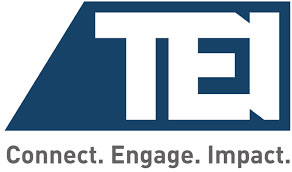Jason Massie answers:
That is a great question. We recently had a Tax Director talk to people on our Q4 R&D Best Practice Roundtable about this. Here are some bullet points from his presentation on what to expect.
- The Company had not been claiming the R&D Credit when the new Tax Director joined the company.
- He initially thought that internal-use software (“IUS”) was where the company would be claiming most of its credit.
- After reaching out to the CFO, he approved the Tax Director to pursue this credit. One of the first things to do is to identify key innovation leaders. In his case, the CFO reached out to each person he thought would be most useful for the credit. Typically, it’s helpful to talk to people who have been at the company for a while, as they tend to have the best understanding of how things are being run.
- This is when the Company decided to bring MASSIE for credit assistance. The Tax Director realized his team only had six weeks to complete the R&D credit and knew they would need outside assistance to meet that fast-approaching deadline. As this was the Company’s first year claiming the credit, they would need to calculate the Base Period, including looking at R&D expenses for the previous three years.
- The CIO had been with the company for a while, so he had a good understanding of what projects had been worked on in what years, who had been included in each project, and was able to call his teams together to help them understand the importance of their assistance with this credit.
- The CFO’s involvement in this project was crucial for its quick turnaround. Since the CFO set the expectation for this project, the rest of the teams were sure to take it as a serious request and complied quickly with what was being asked of them. Additional support came from the CIO acting efficiently to loop his teams into the engagement.
- Once the company noted that they’d be claiming this credit, they reached out to their auditors. Their audit company also helped them prepare their returns. They strategized with their auditors to ensure that the credit would be accounted for properly on their returns and discussed any implication it might have on the audit.
- The Company needed to talk with the auditors and the CFO through how everything was documented, what the end credit looked like, what they would be claiming, and what they would not be claiming.
Disclaimer: The information on this website is for general information purposes only. Nothing on this site should be taken as legal advice for any individual case or situation.






